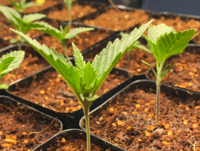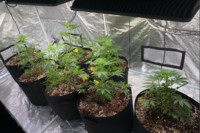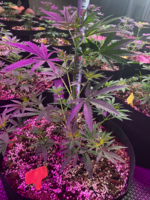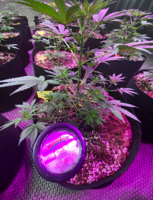- Thread starter
- #521
Emilya Green
Well-Known Member
sounds like all good stuff! Air is always helpful when you mix it into the water tooAbsolutely loved ur article. Would adding air to the water help the plants? Doing my first medicinal grow now and decided on compost teas (until I learn more I went with Boogie Brew for the main base US organics Terp tea as a lil supplement and worm castings) to deliver nutes thru microbes. Since I have the air pump I've been thinking about running it with just water for a lil extra 02. I also like to water with 1 teaspoon organic blackstrap molasses and 1 teaspoon organic aloe powder. Do you think these are a waste of time money? Personally I enjoy it, but it's not about me haha.










